Rise and fall of Travancore, once Melbourne’s most opulent estate
Travancore was among our most luxurious private estates, with a lake, a coffee plantation and Melbourne’s most magnificent mansion. It was torn down years ago, but reminders of its opulence can still be seen today.
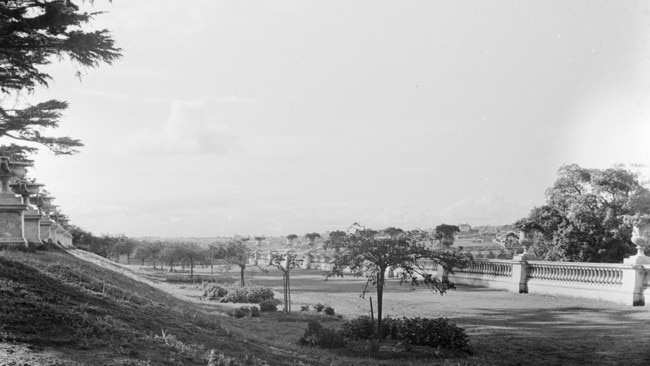
VIC News
Don't miss out on the headlines from VIC News. Followed categories will be added to My News.
Just a little remains of the grand Victorian luxurious mansion that was once Melbourne’s grandest.
Travancore Mansion and Estate was built as Flemington House by squatter, stock agent and pastoralist Hugh Glass, a man who became one of the wealthiest, most powerful and controversial figures in Victoria.
Flemington House was one of Melbourne’s most opulent homes.
Built in the early 1850s, Flemington House replaced an earlier, smaller home around the time Glass married his wife Lucinda in 1853.
The property sprawled along the Moonee Ponds Creek and Mount Alexander Road, which was then on the edge of the fast-growing colonial outpost of Melbourne.
It featured 25 acres (10 hectares) of gardens, surrounded by many more acres of pasture, with an artificial lake populated by ducks and white swans, orchards and plantation of coffee, tea, cotton and rice.
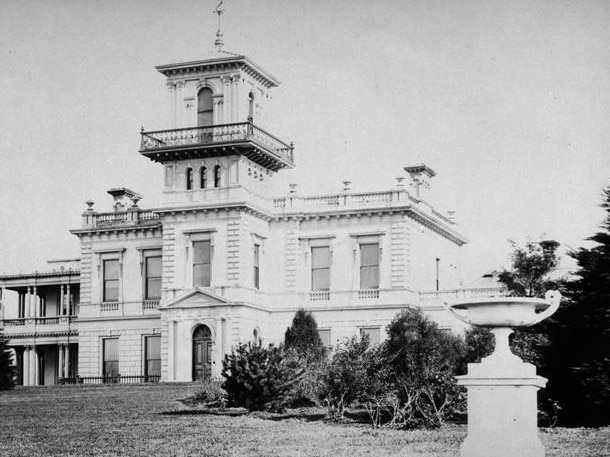
The elaborate main home had eight bedrooms, two bathrooms and 24 fireplaces with two staircases, a balcony supported by 72 Corinthian pillars, a vast ballroom, a drawing room, a sewing room, a dining room and a sitting room.
It took two years to complete. Glass dispatched his brother-in-law to London to hand-pick the finest furnishings and fittings to adorn the home.
The property boasted a summer house, accommodations for service staff, a boathouse, stables and a gatehouse, a coach house, a dairy, a feed house, a hen house, a wood shed and a lime house.
It was valued in the mid-1850s at a whopping £60,000.
National Trust of Victoria advocacy manager Felicity Watson said Flemington House was a match for any mansion.
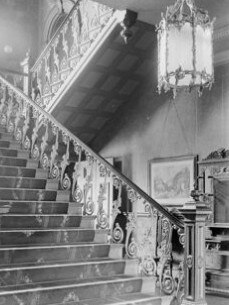
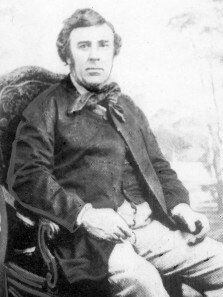
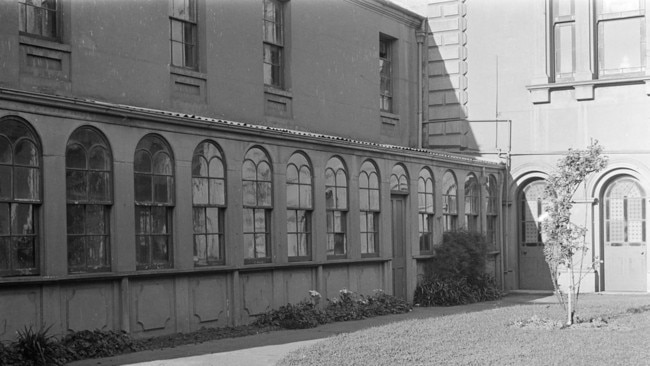
“It reminds me of Ripponlea, which was constructed in Elsternwick in the 1860s and remains one of the only intact suburban estates left in Melbourne and Australia,” she said.
“It had 25 acres of gardens but the property was even larger than that.
“It had an artificial lake and a grand ballroom.”
Hugh Glass and his rise to riches
Flemington House was a picture of 1850s luxury and self-sufficiency that matched Hugh Glass’ status in Victoria.
Glass arrived in Victoria from Ireland in 1840, began farming along the Merri Creek and by 1845 was a leading station agent and merchant.
He vastly increased his land holdings through land speculation and, at his peak, owned 14,000ha of land in parcels around the colony, sending stock to the Newmarket sale yards and holding interests in mining and suburban real estate as a sideline to his stock and station operations.
By the early 1860s, he was reputedly Victoria’s richest man, worth £800,000.
Glass spent tens of thousands of pounds to influence politicians, at one point forming and funding an association to advance his interests and those of other pastoralists.
Flemington House was at the centre of Glass’ empire, a showpiece he used to entertain the colony’s rich and powerful as he built his wealth and political influence.
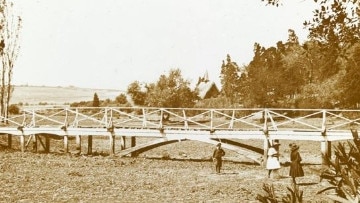
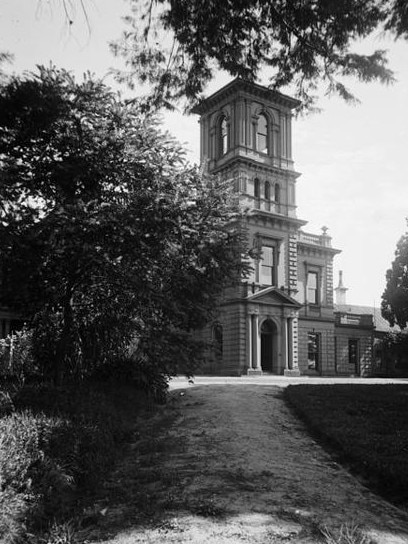
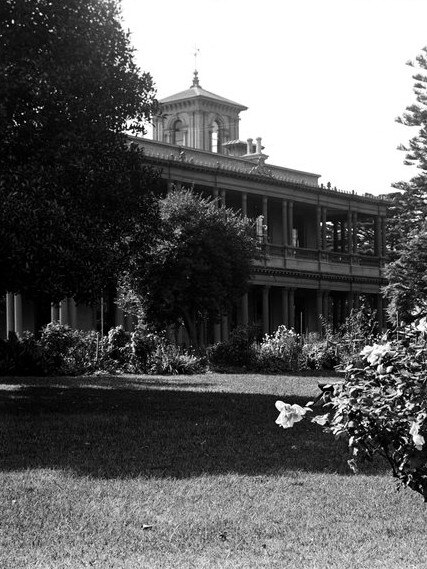
In his zeal to buy property, there were times that he did not buy wisely and, in order to get around restrictive land purchase laws at the time, he set up dummy buyers to do his bidding for him.
But that caused him to take on staggering debts to fund it all and left him vulnerable to a late 1860s drought that all but destroyed his empire.
There were personal tragedies at that time, too. He and Lucinda lost two daughters in infancy.
Glass died on May 15, 1871, aged 55. He had terminal liver cancer but died when one of his sons accidentally over-administered chloral to help his pain-wracked father sleep.
Flemington House remained in the Glass family until 1907, when it was sold to Henry Madden.
Madden made his fortune exporting horses to India and he renamed Flemington House Travancore Mansion and Estate.
Travancore was a kingdom near India’s southern tip, now known as the Indian state of Kerala, where Madden sold many horses to the British Army.
What happened to Travancore?
But times had changed. When Glass established Flemington House, Melbourne was experiencing a great influx of people from around the world as the gold rush began, but Melbourne was still a relatively small place.
By 1921, Melbourne had a population of almost 766,000, and the metropolitan area was spreading in all directions.
The Travancore estate was ripe for redevelopment, Ms Watson said.
“That was the fate of lots of suburban estates in Melbourne, including Ripponlea Estate, which has been subdivided over the years with residential development surrounding it.”
The subdivision of most of Travancore’s grounds began in the 1920s, the Madden family no longer living there.
But destroying Travancore yielded Melbourne a new gem, Ms Watson said.
“Even though the loss of that grand estate could be seen as a negative because we no longer have those lovely gardens and grounds, it did create a residential estate that allowed people to move into the area and now has its own historical significance,” she said.
Many buildings in the suburb are now heritage listed for local historic, architectural and aesthetic value.
“There are lots of houses in that estate that are now recognised for their heritage significance, and I think it’s interesting to reflect how the layers of those historical places can change over time,” Ms Watson said.
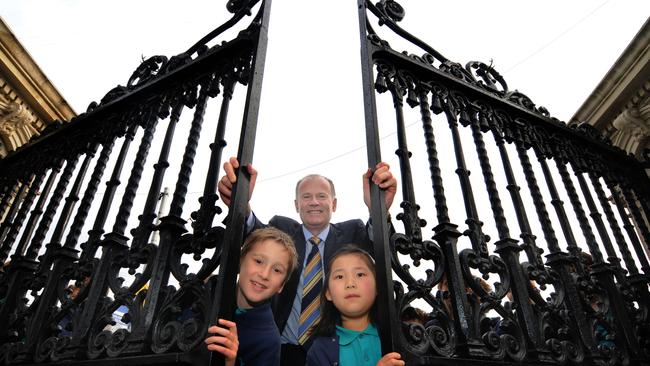
The elaborate iron gates and entrance to the estate now form the entrance of Flemington Primary School. They were rebuilt there in 1922 and restored in 2010.
“It’s one of those eclectic reminders of what was there in the past that can been seen in a different context but links back to the original estate,” Ms Watson said.
The mansion itself remained for about 20 years. was taken over by the state government and became a residential school for children with intellectual disabilities before it was demolished in the 1940s.
A more modern building now houses the Travancore School, a special education school.
The remaining links to Madden are in Travancore’s streets.
Mooltan Street, Mangalore Street, Cashmere Street, Baroda Street, Lucknow Street and Madura Street all hark back to colonial India along with the Delhi Reserve and Delhi Court, down by the creek.
@JDwritesalot
